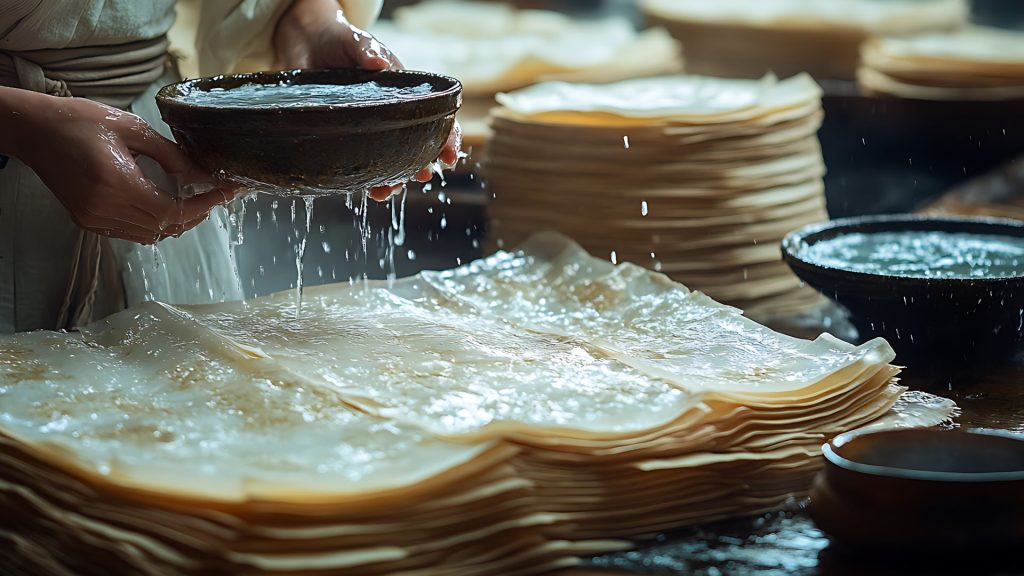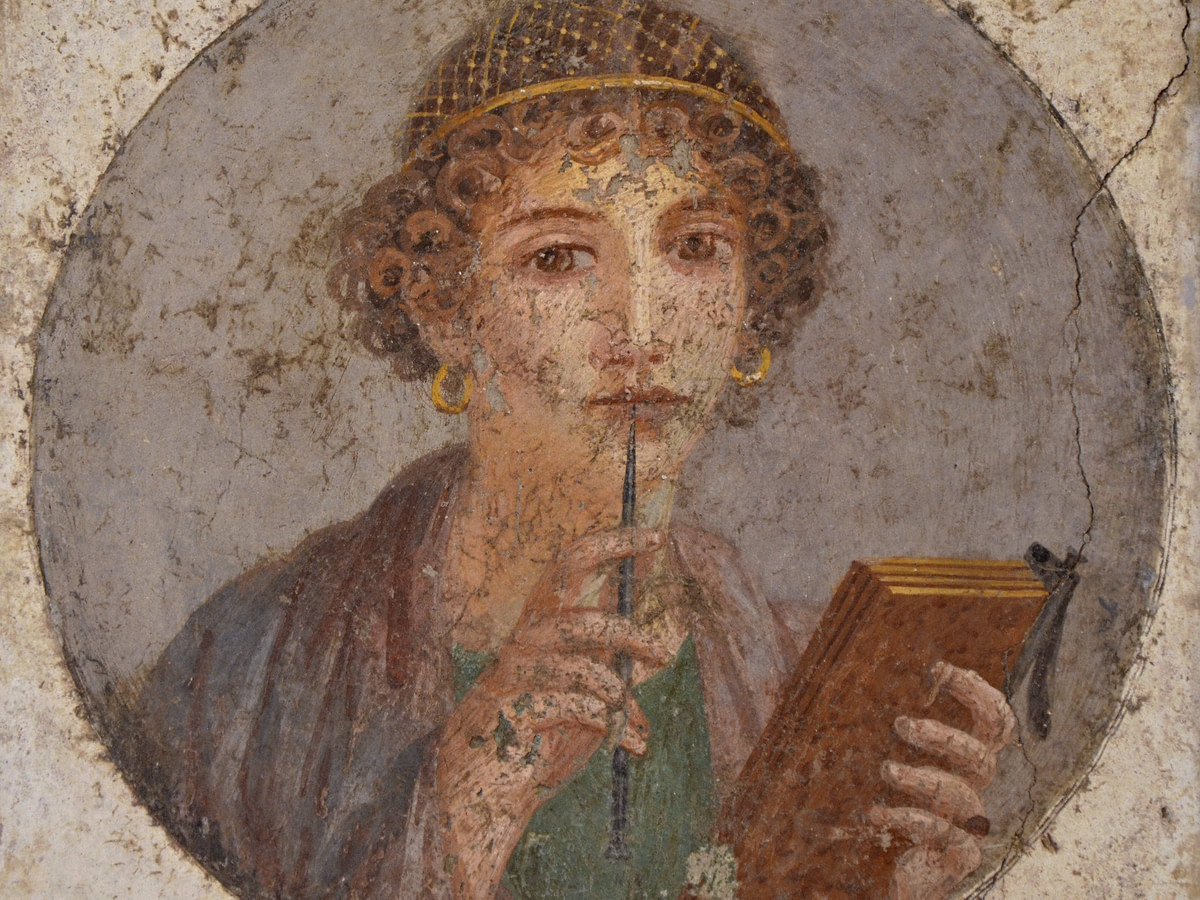Long before printing presses and digital screens, ancient societies struggled to find reliable, affordable ways to record information. Until the 1st century CE in China, people relied on heavy bamboo tablets or expensive silk for writing — both impractical for widespread use. Papermaking as we know it was revolutionized around 105 CE when Cai Lun, a court official of the Han dynasty, developed a method using mulberry bark, hemp, old rags and fishing nets.
His method produced light, flexible, and relatively inexpensive sheets — a breakthrough that ultimately transformed the way humanity documented ideas.
From China, the technology gradually spread along trade routes and cultural exchanges. By the 7th–8th centuries CE, papermaking had reached the Islamic world, where it was adopted widely for administration, literature, scholarship, and science. This diffusion helped spark an era of intellectual flourishing: with paper readily available, scholars, scientists, and scribes across continents could write, copy, store, and transmit knowledge more efficiently than ever before. Paper’s portability and affordability replaced earlier media — reshaping record‑keeping, education, governance, and cultural exchange.
The impact of papermaking resonates even today. It laid the foundation for mass literacy, printing, education, and the preservation of human knowledge across generations. Some historians consider this invention among humanity’s most consequential — ranking alongside metallurgy, agriculture, or the wheel — because it provided the medium through which ideas, discoveries, stories, and laws could be shared broadly and preserved across centuries. In this light, the modest sheet of paper emerging from Cai Lun’s workshop becomes a silent but powerful force that helped shape global civilisation.




